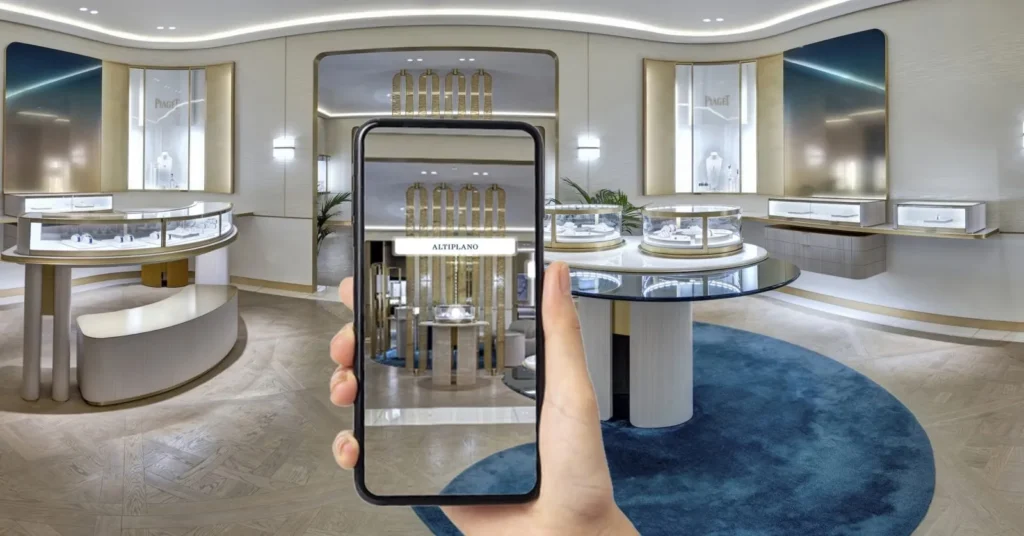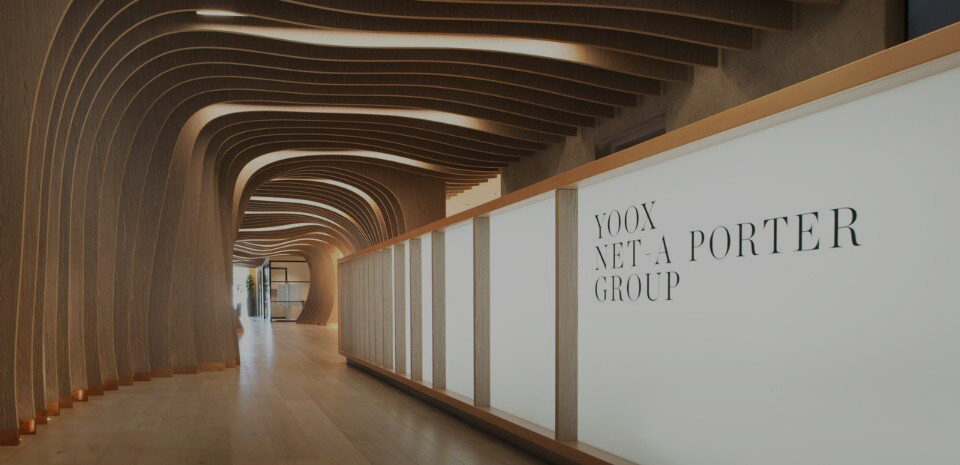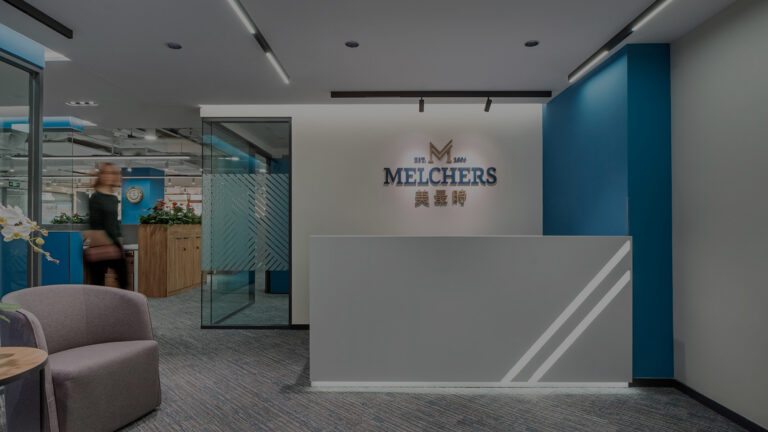In an environment of continuous travel restrictions, store closings, global restructuring, goal review, and omnichannel sales, luxury brand executives must stay one step ahead of competitors to streamline sales and distribution processes, retain high-value loyal customers and reach out to new ones in new markets. Brands must prepare to serve customers wherever they are while ensuring compliance with local regulations and best practices while maintaining their hard-earned reputation.
Remote Luxury, Local Luxury
Neither catwalks nor large product presentation events. In 2020, the intense activity of the luxury industry had to reconvert its main windows to a remote and digital blended environment. Brand news was launched in mixed events streamed across the globe, thus reaching a growing number of people. The figure of the virtual assistant has reached luxury retail stores and these initiatives have been very favorably received by consumers.

Some examples of this trend are the actions of prestigious luxury retail brands.
- Lexus promotes its IS 2021 model through the Augmented Reality application “Lexus AR Play”, which allows you to see the characteristics and variations of the product.
- Gucci has established a collaboration with Wildlife Studios, a mobile game developer, creating digital gamification that requires the use of the brand’s clothing to participate.
- Chanel has launched an avatar platform that allows users to virtually try on digital clothing created expressly for this by its most cutting-edge designers.
- Yves Saint Laurent Beauty organized a virtual room through Zoom for 1,000 VIP guests.
- Dior has focused its marketing efforts on the development of virtual shows, webinars, and exclusive sales.


Finally, we want to highlight a growing trend that derives from the impossibility of traveling around the world. Travel for luxury shopping disappeared however the demand for high-end products grew during 2020. According to the Deloitte report, the great fortunes worldwide have grown by 9% since the beginning of the pandemic and the turnover of the luxury retail sector has remained.
Due to the shift from global to local, this has also affected a notable shift in terms of buyer sentiment, including luxury consumers, where factors such as the country of origin can be key drivers in the affinity of the brand. That is why CEOs and CFOs should consider the local process and sales adaptations to maintain healthy balance sheets.
That implies that many luxury brands are considering opening new physical points of sale where their consumers are. Specifically, China is leading this trend and concentrates the most extensive number of luxury store openings in 2020.
China, the Place to be
According to a 2019 McKinsey study, young Chinese consumers (pre-pandemic) were expected to drive growth in the luxury fashion and accessories sector by 65% globally. And while Europe and the United States remain largely out of reach for this high-value customer segment, global smart luxury brands should bring their products to them.
The Director of Worldwide Sales and International Operations at Cegid, Sylvain Jauze states that some European retail brands are facing store closures in Europe and the United States. Meanwhile, they are looking to develop their businesses in Asia and mainland China. In addition to the omnichannel presence, Sylvain Jauze points out that physical stores are also vital for the establishment of brands that are new to the Chinese market.

Sylvain Jauze adds that a single store is not enough to establish a reputation in a country the size of China and that investing in social media and the right influencers – people who know the market and who know how to sell luxury in that market – is as important.
In terms of business practices, operating in China is very different from operating in Europe or the United States, says Sylvain Jauze. It points out that consumers are pushing “O to O” – from online to offline – as a major trend in China, and retailers understand that large online marketplaces such as TMall (formerly Alibaba-owned Taobao Mall) constitute a vital part of the sales ecosystem. Although Chinese consumers like to shop in the store, they also rely on “fast platforms”.
Several exclusive luxury platforms, such as TMall’s Luxury Pavilion, JD.com, and even WeChat, offer e-commerce storefronts for hundreds of luxury brands to mainly young and digitally-focused Chinese consumers.
Global Becomes Local
A powerful example of the convenience of the Chinese market is the recent acquisition of Shang Xia, the 10-year-old China-based brand founded by Hermès and Chinese designer Jiang Qiong Er, by the Agnelli family’s Exor holding company. Although Hermès itself has been established in China since 1996, the company saw an opportunity to take advantage of Chinese crafts and techniques, Chinese traditions, and Chinese materials. Sylvain Jauze says that even though the Chinese are very focused on money and value, they are also very focused on quality, which is why Hermès as a brand works so well in China. The brand uses premium leather, makes premium handbags, and employs the best artisans. The Hermès flagship store in Guangzhou’s Taikoo Hui Mall was very successful with $ 2.7 million in sales on the day it reopened after the first lockdown in 2020.
For brands that are considering the possibility of expanding in China, it is advisable to allocate a budget and make large investments in social networks and influencers to achieve the correct positioning. The fact that a luxury brand has a reputation for quality in Europe does not mean that it can enter the Chinese market in the unknown. Ensuring that locally relevant advocates understand your brand and know your target consumer requires a clear strategy and sustainable investment.
Until the current crisis is fully resolved, brands have to embrace customers where they live and to do that, they have to go where they live. The Chinese market, self-sufficient and with a growing economy, could become the new headquarters of luxury.




